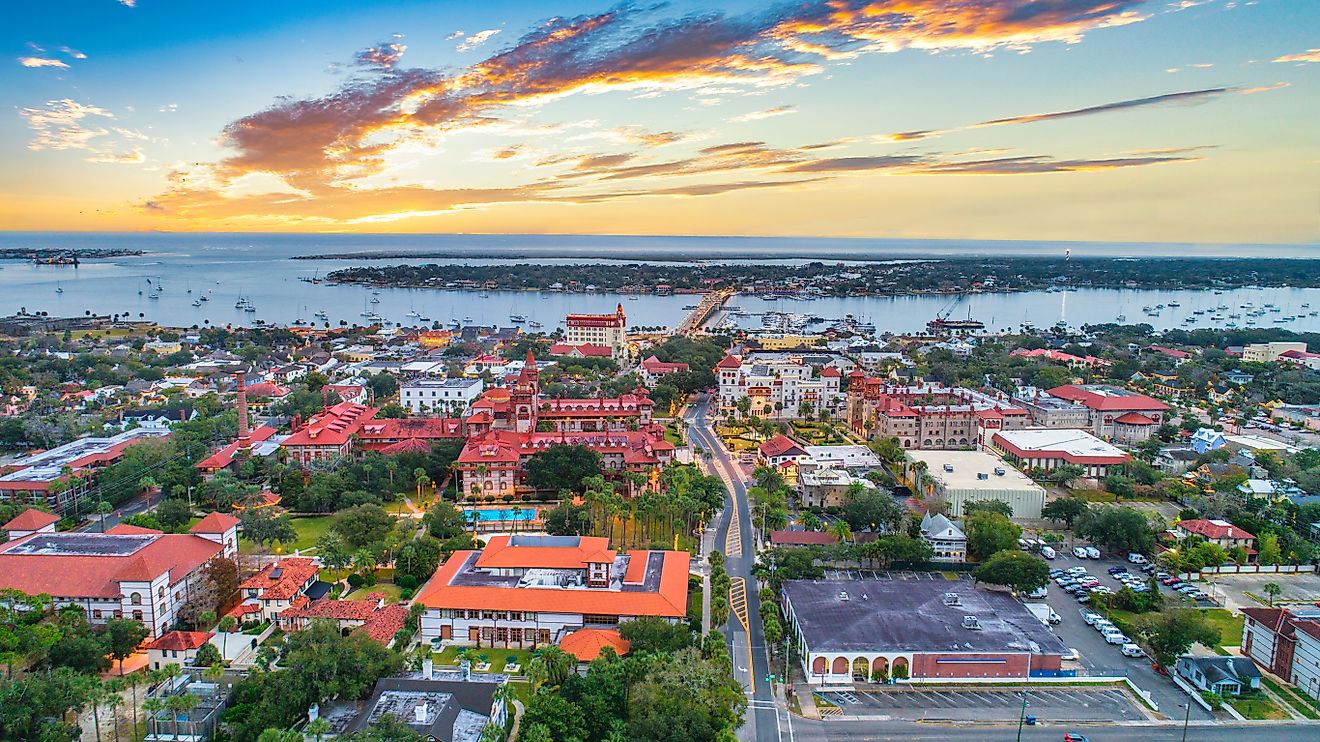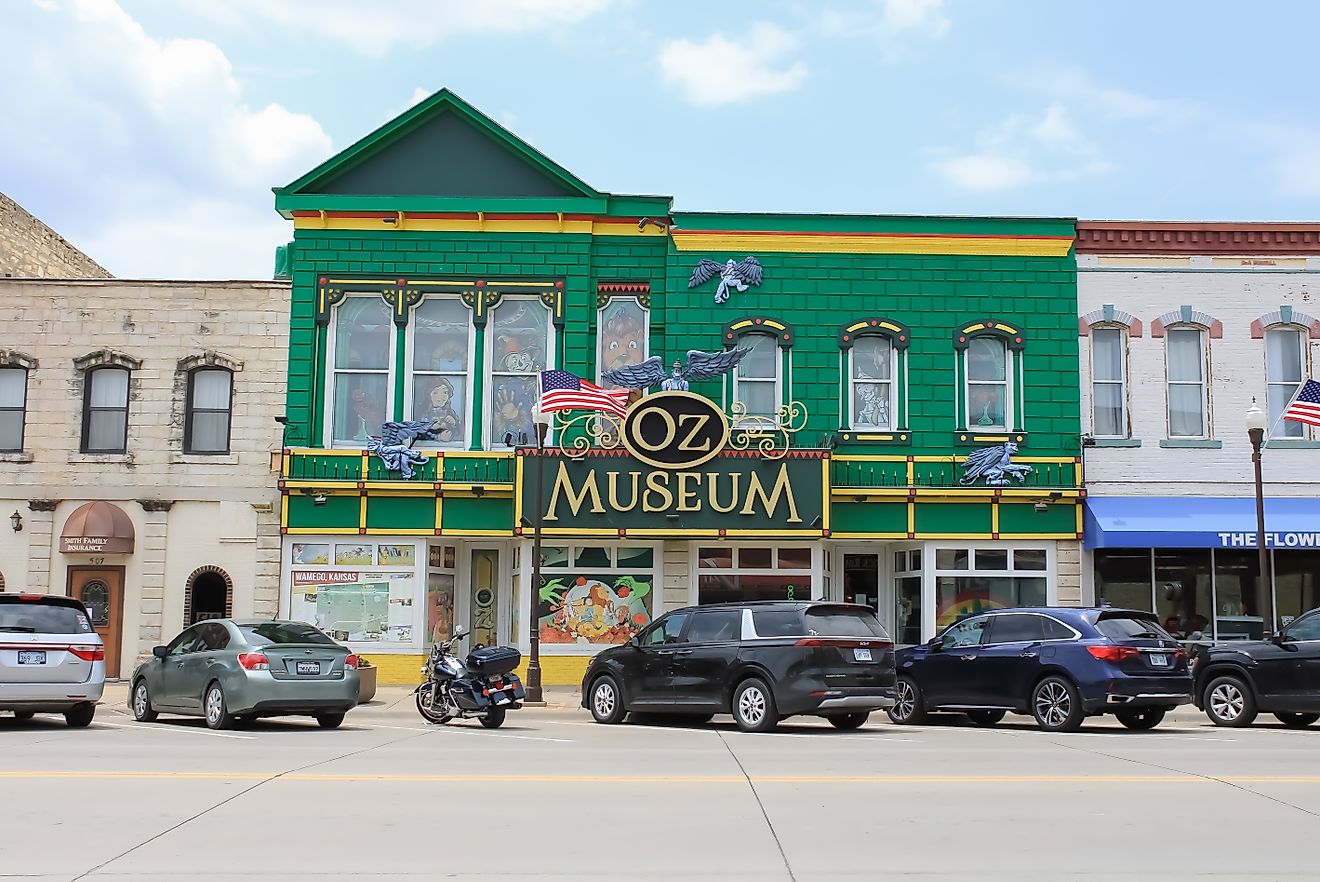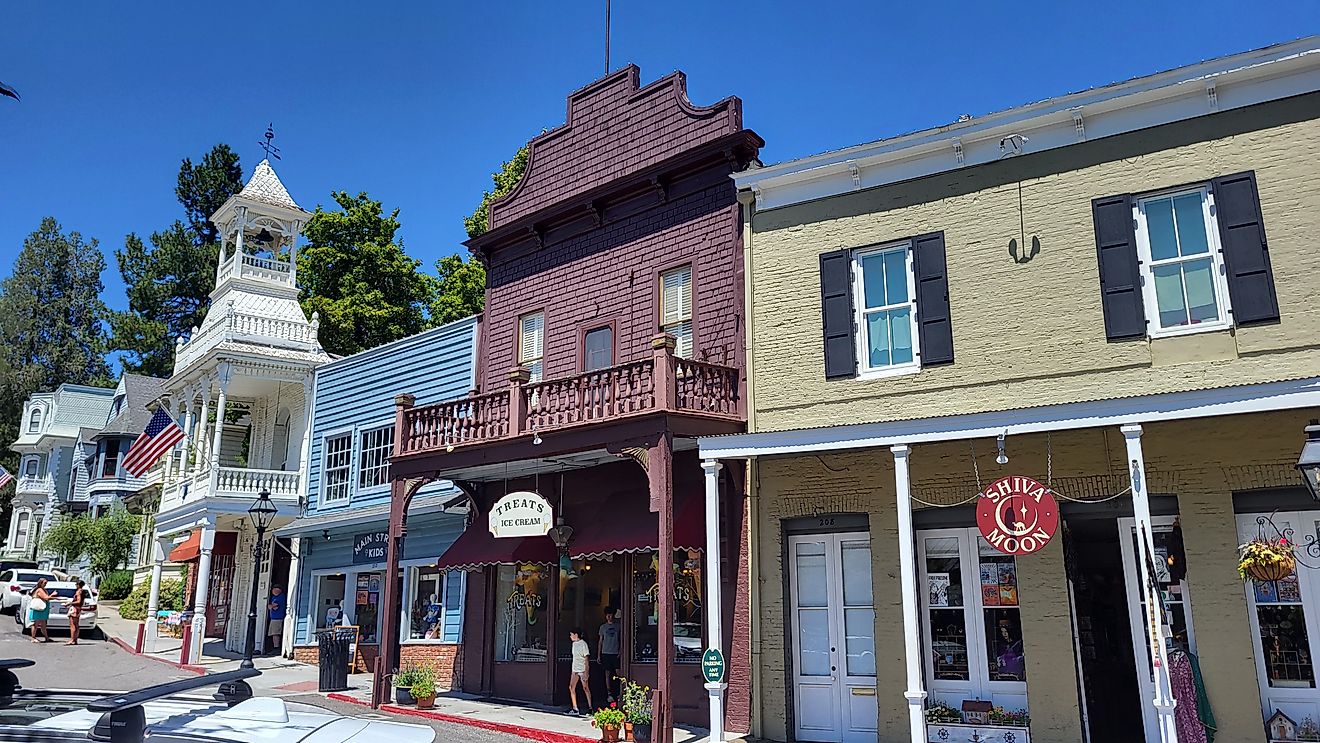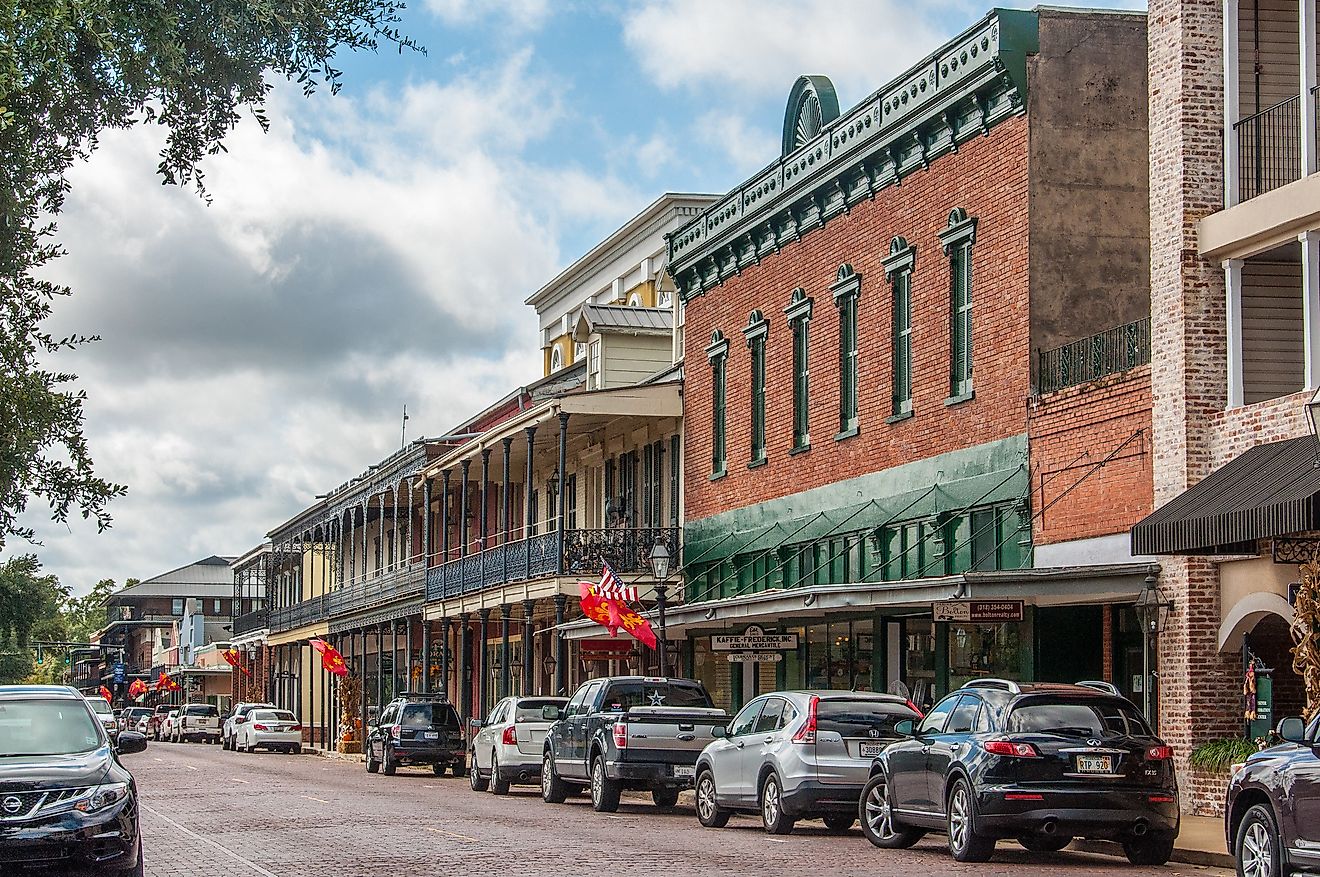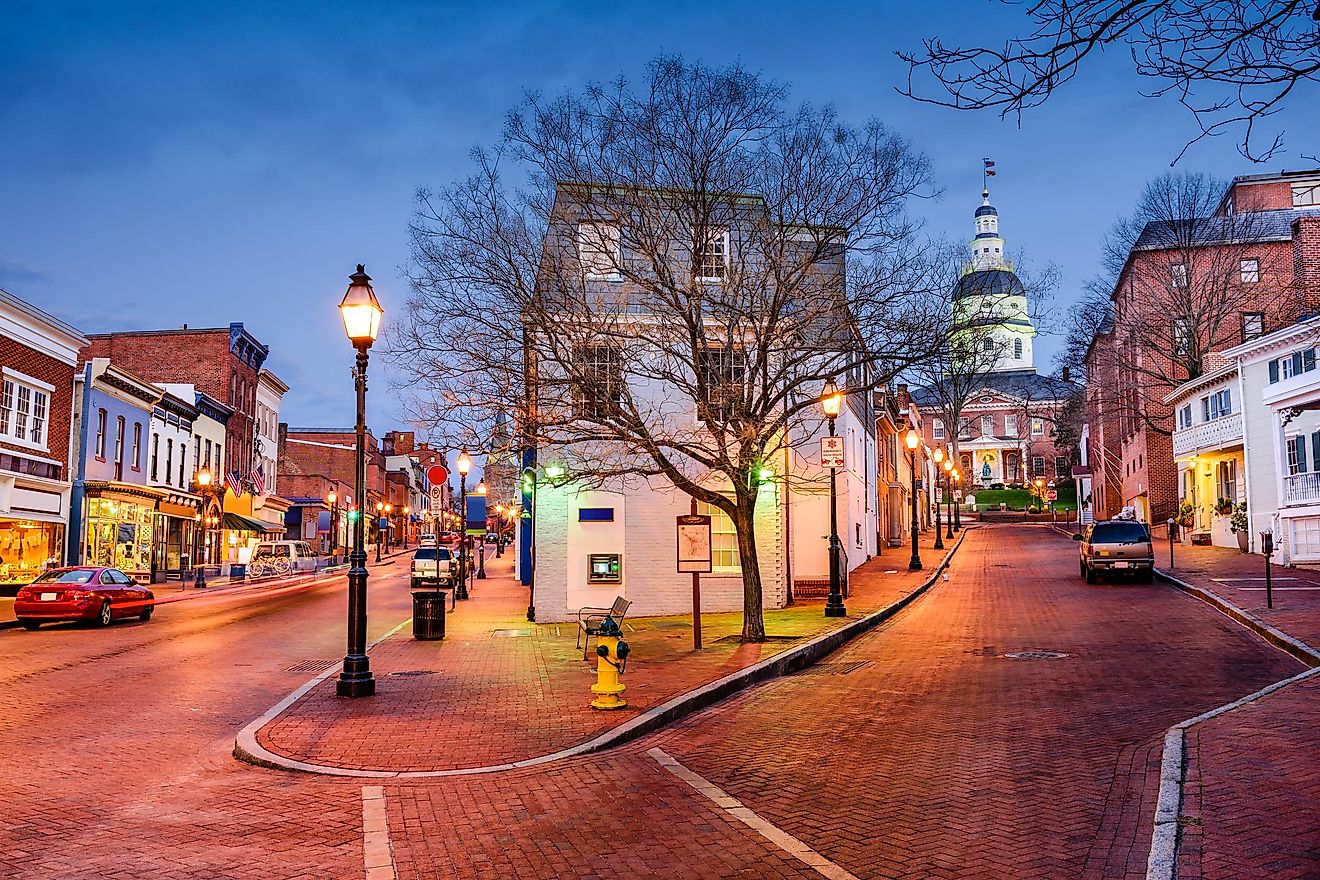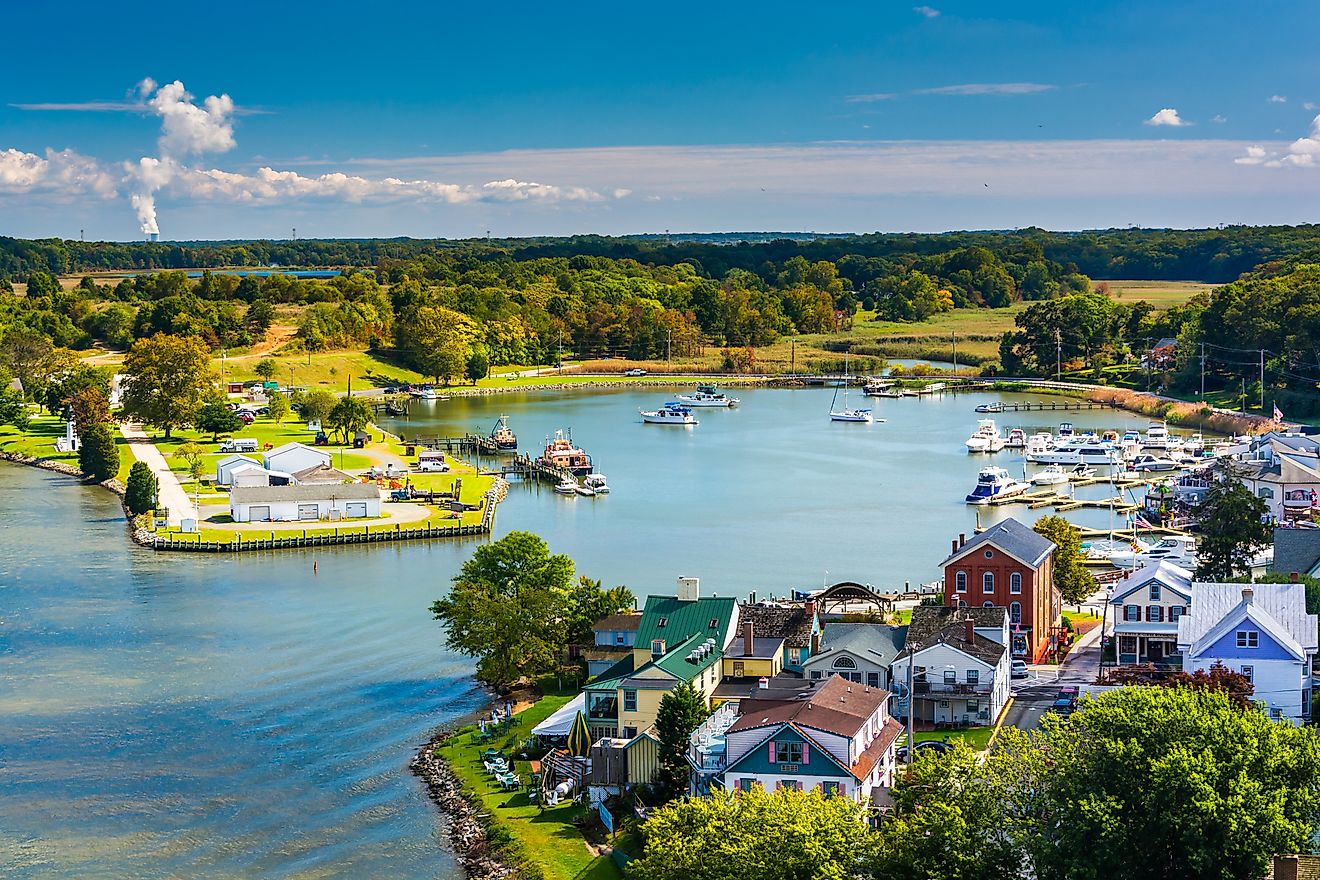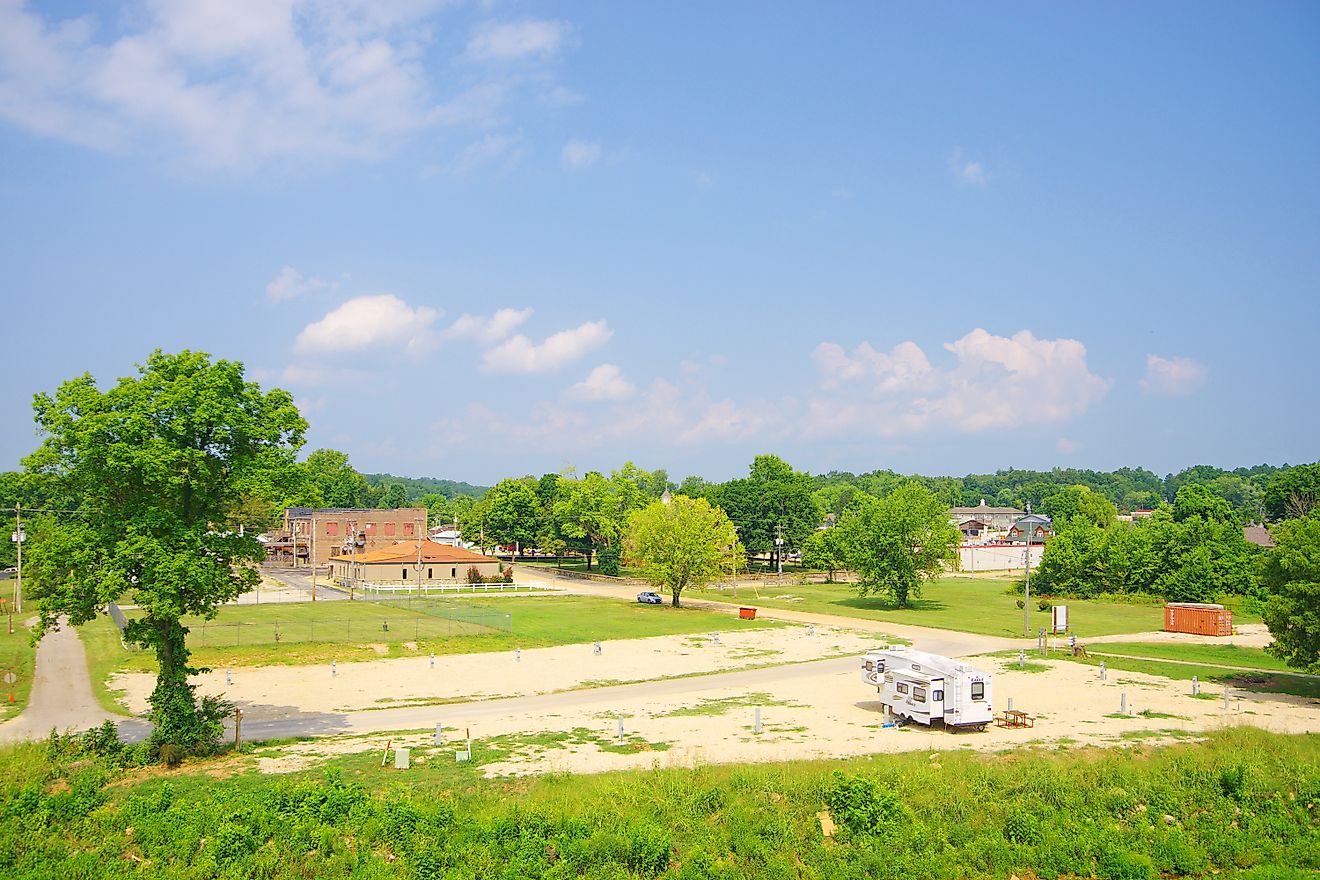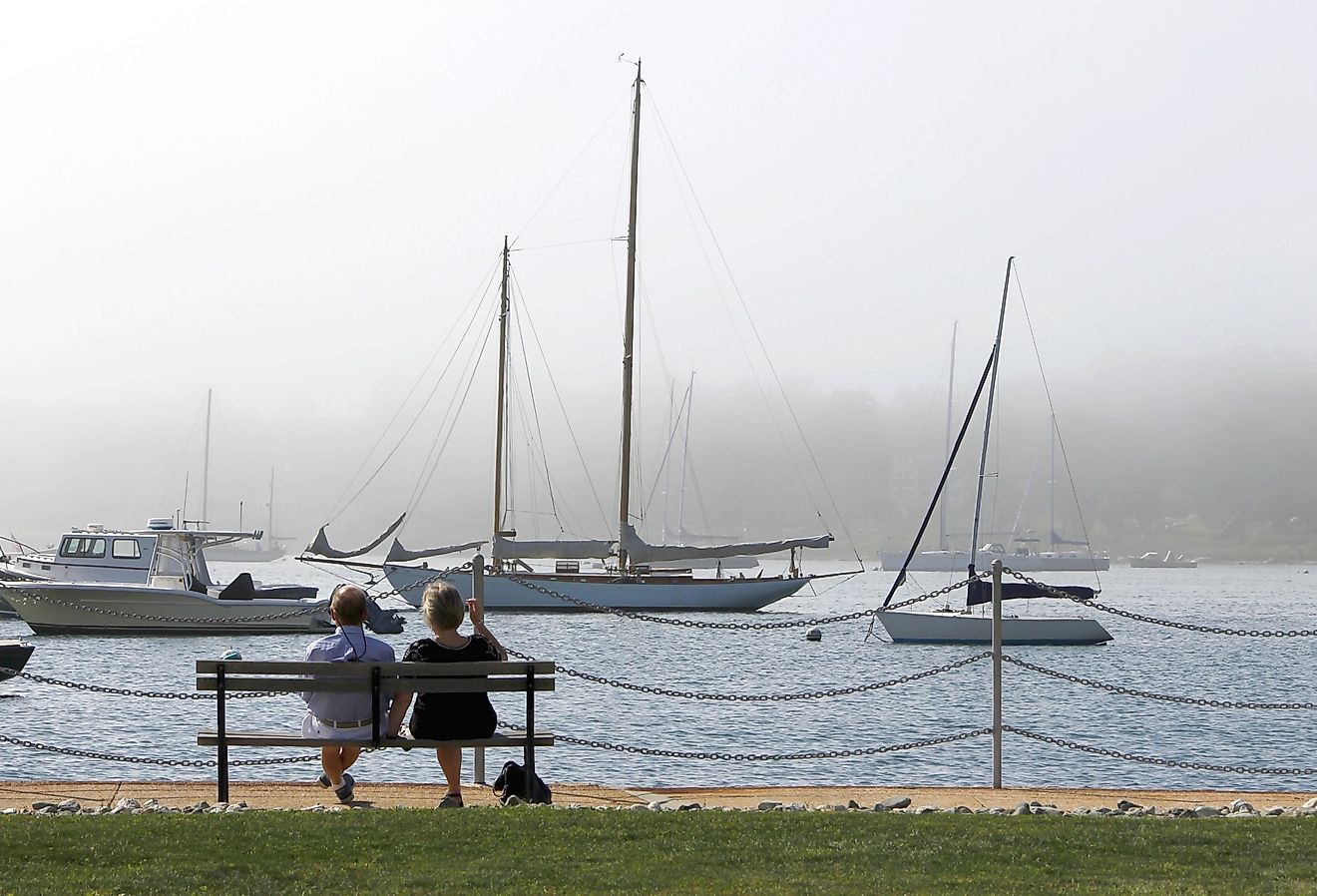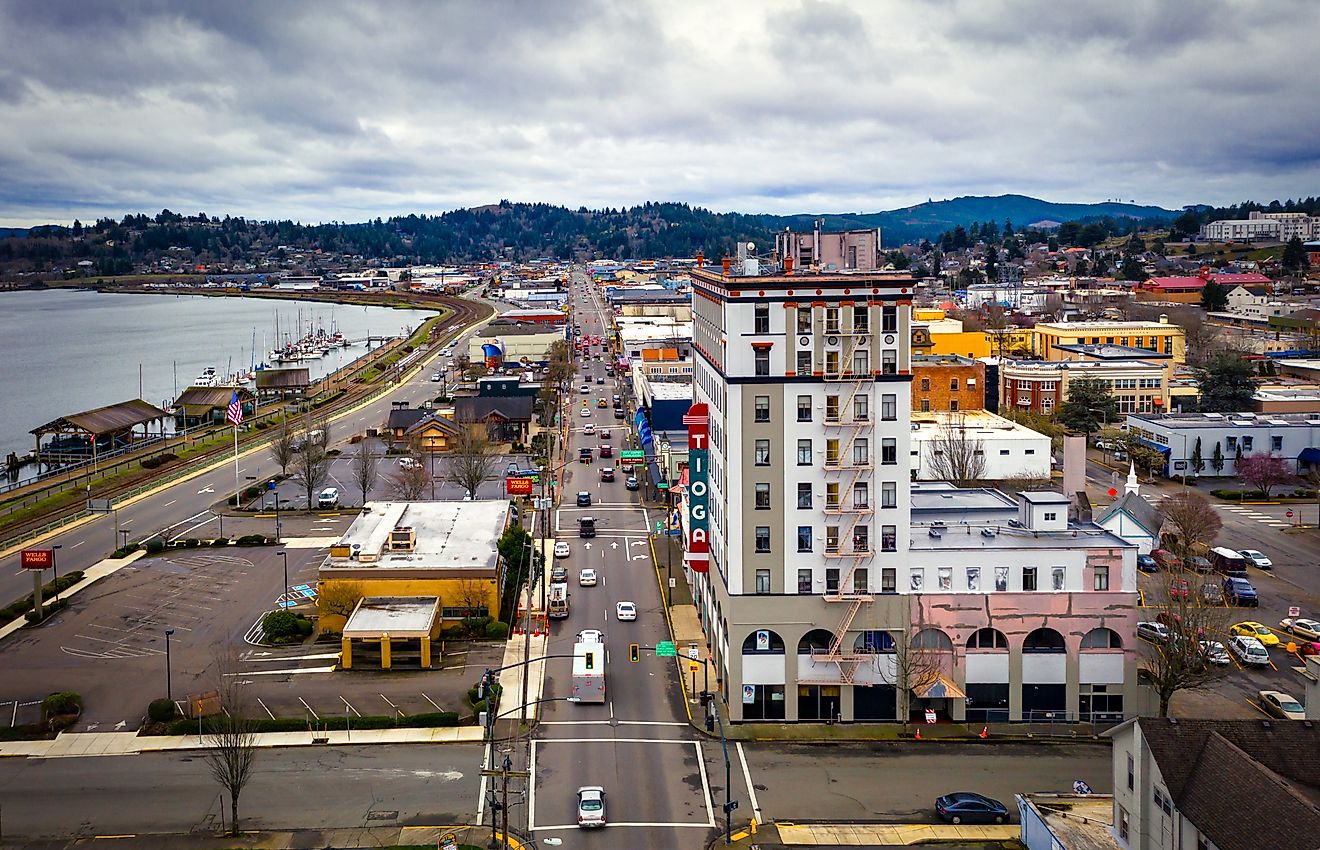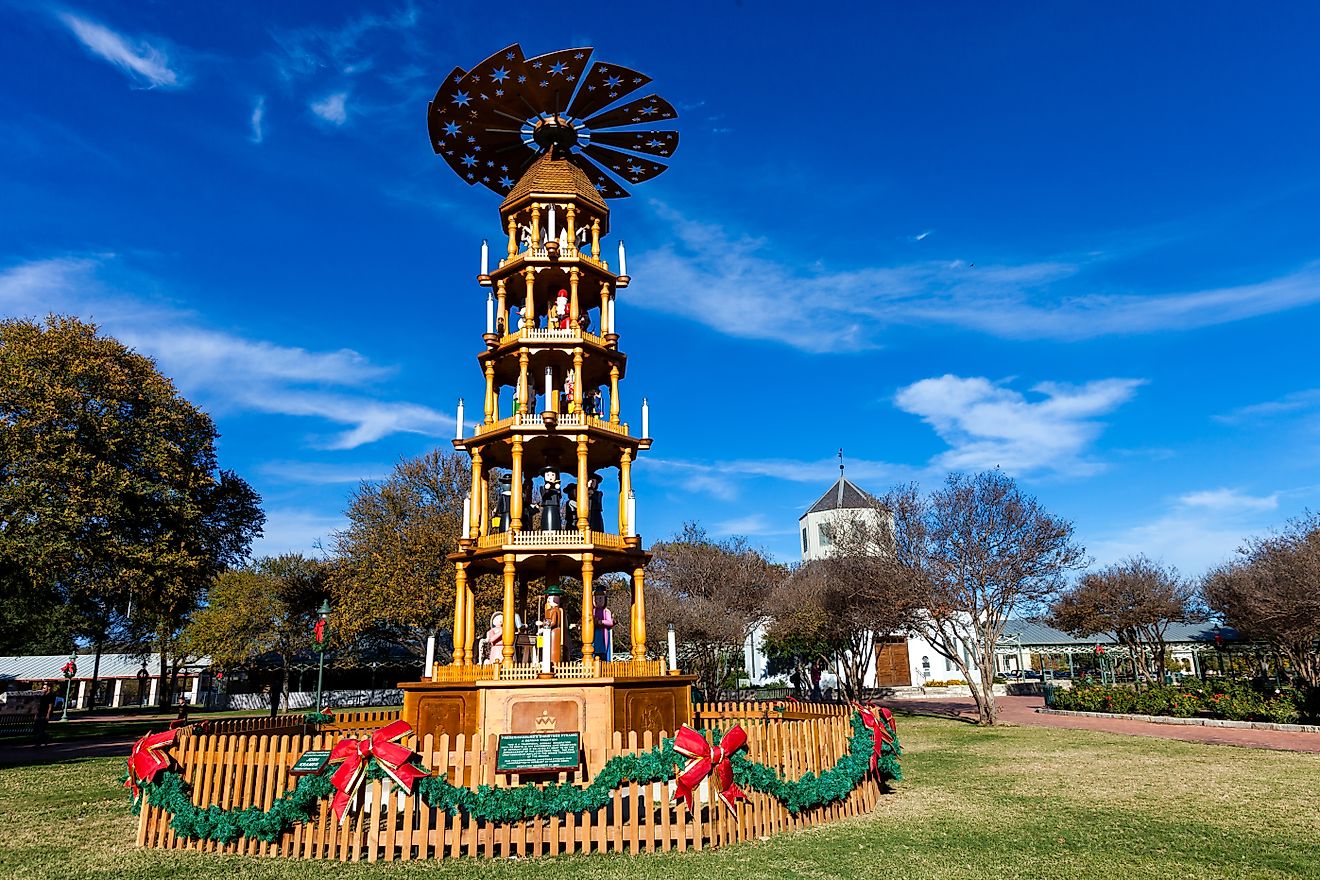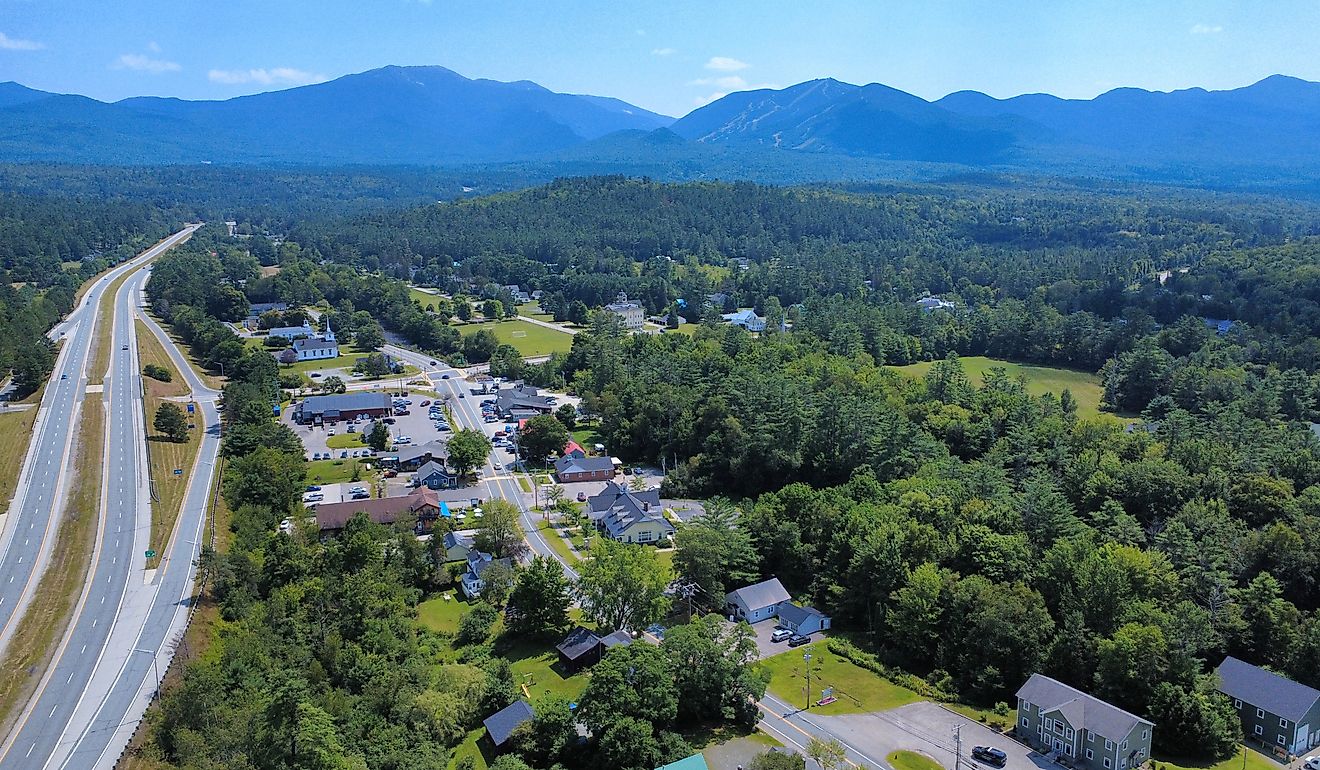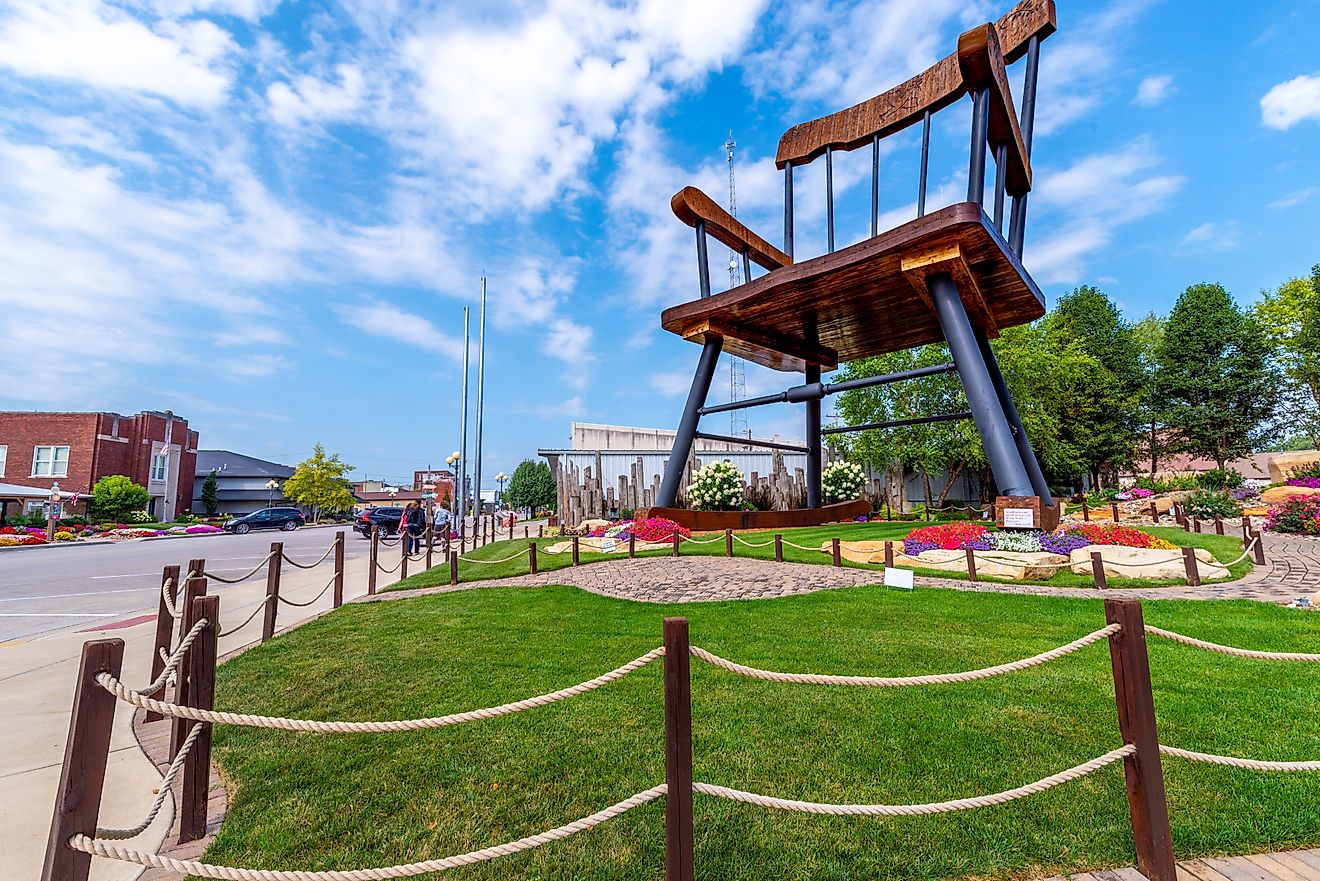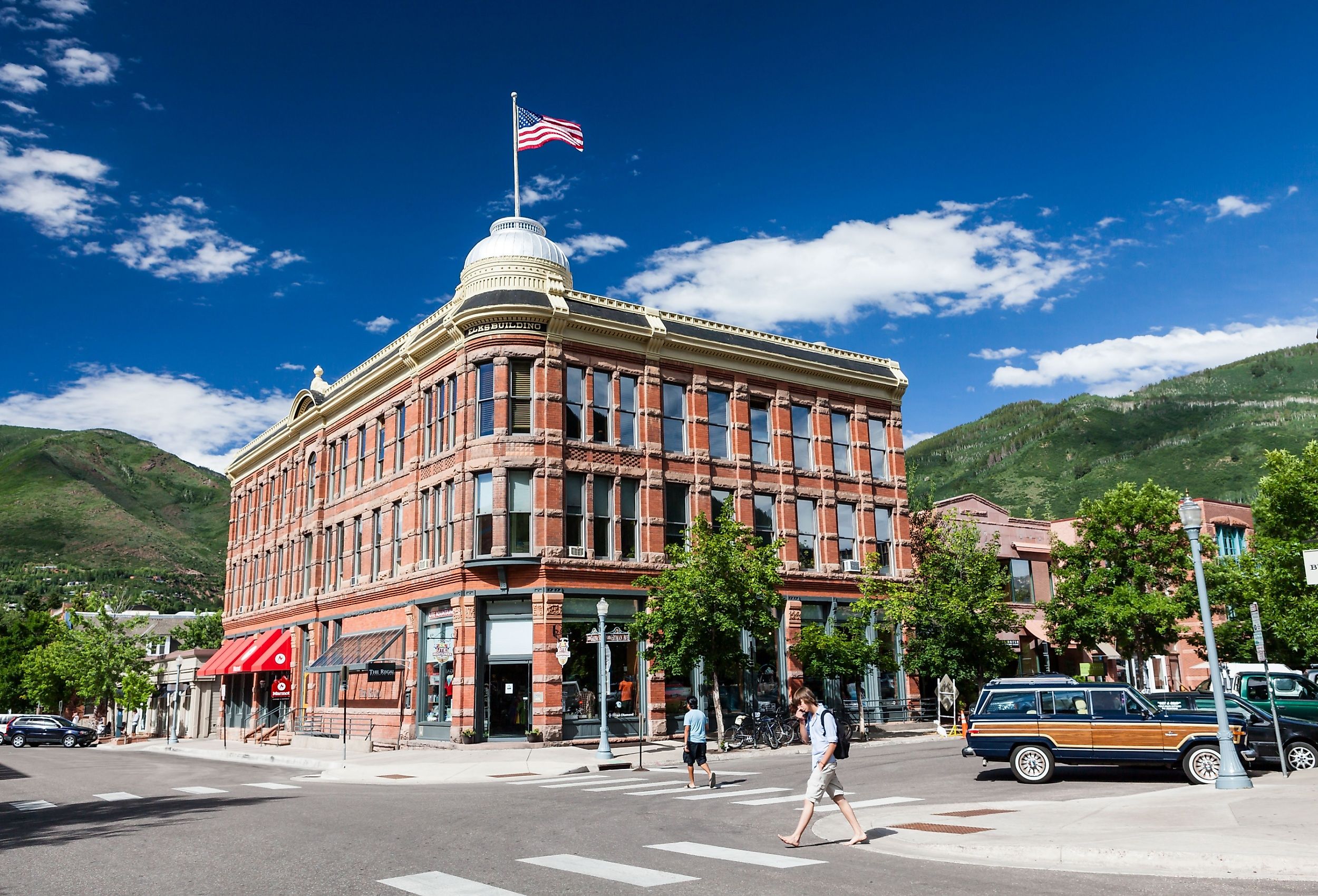
8 Must-See Historic Towns in the Rockies
The Rocky Mountains are a top destination with much to offer all types of travelers. Whether you seek rigorous adventures, extravagant shopping, great scenery, or delicious food, this mountain range, spanning 3,000 miles in length, has everything. For history lovers, the Rockies is also a satisfying destination as it is home to many charming towns framed by towering mountains and featuring incredible history.
Red Lodge in Montana, for instance, was once a Crow Indian settlement, and the Pueblo in Taos, New Mexico, represents one of the oldest continuously inhabited communities in America. Others preserve interesting Wild West lifestyles and stunning Victorian architecture. Without further ado, from Montana to New Mexico, discover eight historic towns in the Rockies to visit next.
Jackson, Wyoming
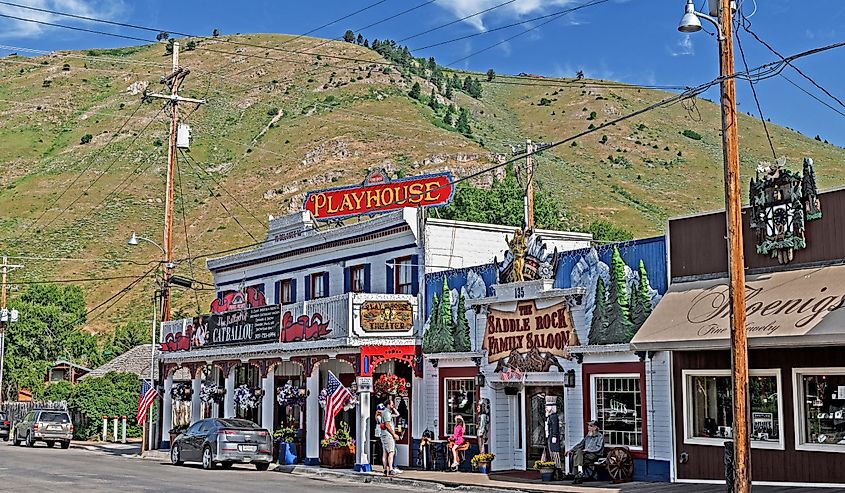
Jackson was first a town occupied by Native American tribes like the Crow and Bannock. During the early 1800s, many European mountain men and fur trappers traveled through the area. These early travelers included John Colter, Jim Bridger, and David Edward Jackson (who eventually gave his name to the valley). These early travelers played a significant role in the conservation of Yellowstone National Park, the first of its kind in America. Around 1884, permanent settlers began to come to the valley and soon the population rose. In 1894, the town was named Jackson, and in 1914, it received its incorporation. Today, much of the town's early buildings from the 1800s are still standing, especially in the Jackson Town Square.
Visitors can also learn more about the town’s history at the Jackson Hole History Museum and then visit Miller Cabin, a historic home of one of the town's founders, Robert Miller. Afterward, visitors can head to the nearby Grand Teton and Yellowstone National Parks for adventures.
Cody, Wyoming
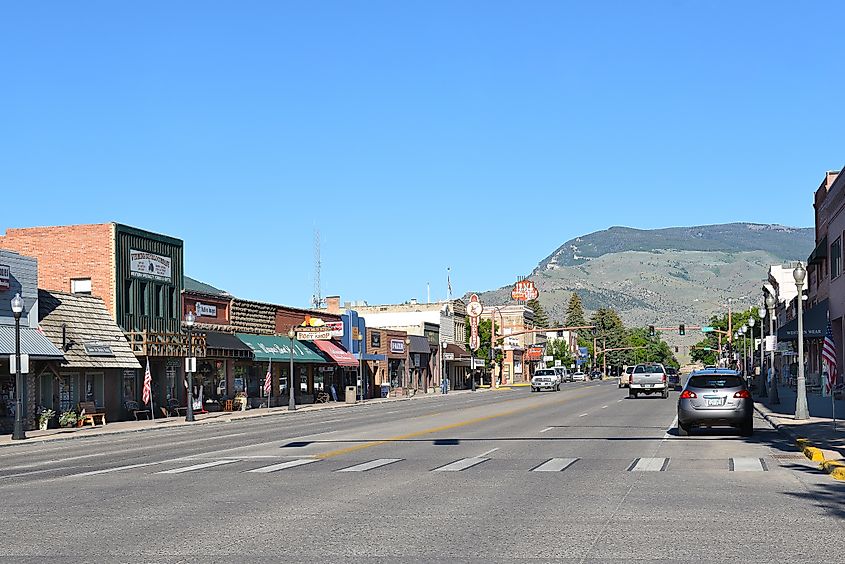
Cody is a beautiful and historic town that serves as a gateway to Yellowstone National Park. The town’s history dates to the 1870s when an American soldier and bison hunter named William F. Buffalo Bill” Cody passed through the area and was pleased with the picturesque scenery, and its proximity to Yellowstone National Park. Soon, he returned to start a town in 1896, and today the town is named after him. The town is now home to fascinating attractions like the Buffalo Bill Center of the West, which is home to five different museums, namely, Cody Firearms Museum, Buffalo Bill Museum, Plains Indian Museum, Draper Natural History Museum, and Whitney Western Art Museum.
A tour of these five museums will satiate any hunger for history especially as they are all loaded with many artifacts and exhibits from bygone eras. For more experiences, visit the Old Trail Town to see authentic frontier buildings from the 1890s.
Red Lodge, Montana
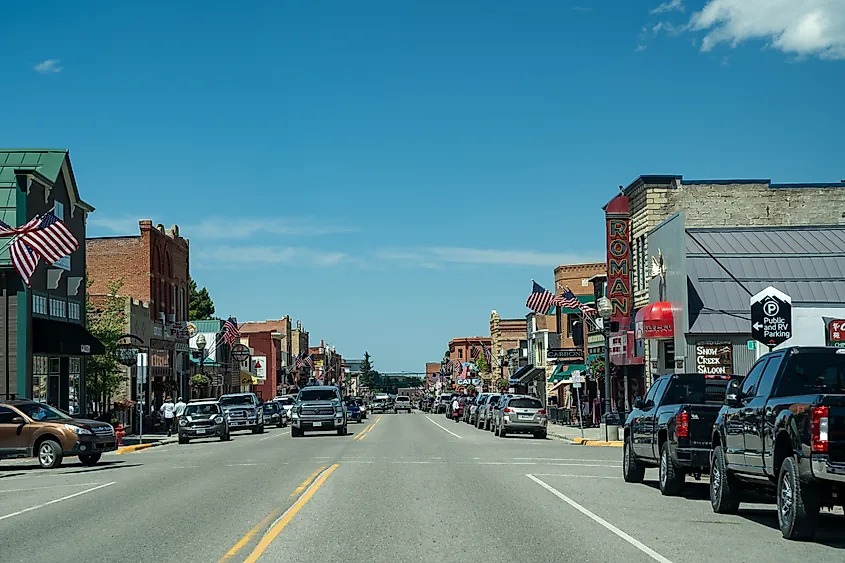
The town of Red Lodge was once a settlement of Crow Indians until European explorers found the valley. In 1884, with the opening of a post office, the town was officially established. Red Lodge thrived and developed on the foundations of its mining industry centered around coal, and today, visitors can gain deep insights into the area’s rich history and mining industry at the Carbon County Historical Society & Museum.
Next, take a walk through the Red Lodge Historic District, where century-old buildings still stand as a testament to the town’s early days. Before leaving, visit the historic Pollard Hotel, which was built in 1893 as one of the first buildings in the town.
Park City, Utah
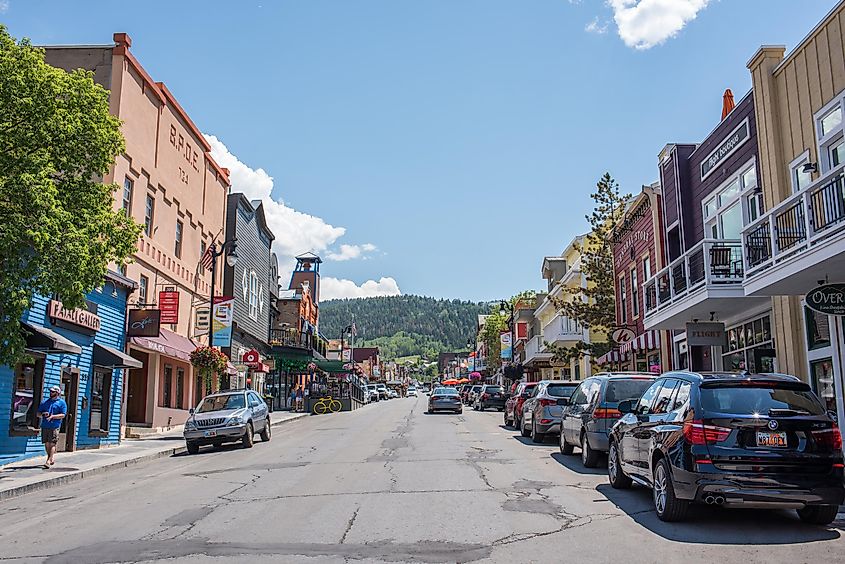
Park City was established when early Mormon Pioneers traveled through the area to settle in the present town of Salt Lake City. Some of these early travelers eventually settled in the area and named it Parsley Park City. In 1884, the town was incorporated and named Park City. The town then grew as a mining hub until the 1898 fire that caused it to rebuild almost from scratch. Today, the town’s historic main street is home to most of the rebuilt Victorian and Spanish Revival buildings, many of which now host restaurants, bars, cafes, and hotels.
Visitors can check out the Park City Museum to savor the town's history, including the great fire and the mining industry. For more history, visit the McPolin Farmstead (featuring buildings from the 1920s), and for those visiting in winter, don’t miss out on Deer Valley Resort and Park City Mountain Resort, as they are some of the best ski destinations in the world.
Aspen, Colorado
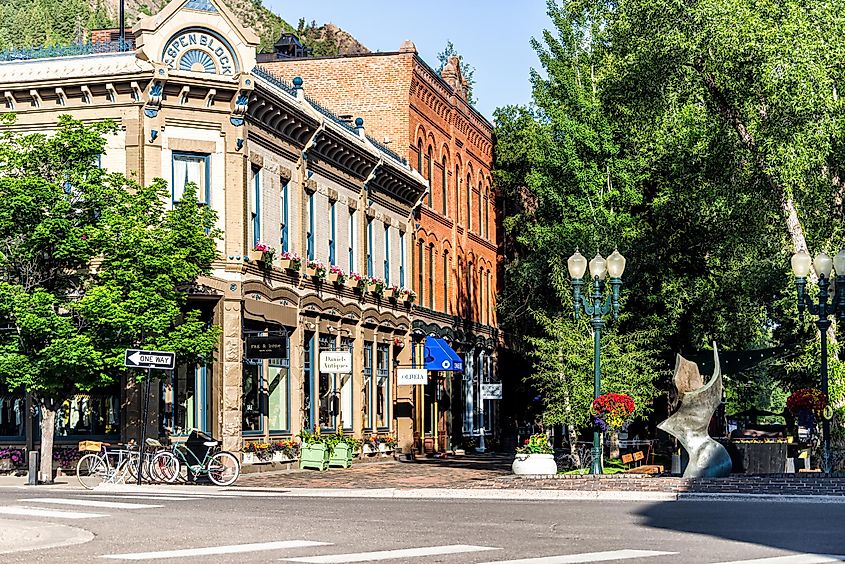
Aspen was founded in 1879 as a silver mining camp in the era of the Colorado Silver Boom. It was first named Ute, after the indigenous Ute tribe, but was changed to Aspen due to the many Aspen trees within the area. The city rose to prominence in the mid-20th century following the development of a ski resort in the Aspen Mountains. While the resort is a draw, history lovers can appreciate the glory of the past at the Hotel Jerome, which is a brick structure opened in 1889.
Head to the Wheeler/Stallard Museum built around 1888 in the unique Queen Anne style Victorian architecture. More attractions in town worth a visit include the Wheeler Opera House (built in 1889 and featuring shows and tours) and the Aspen Art Museum (hosting a wide range of contemporary artworks).
Taos, New Mexico
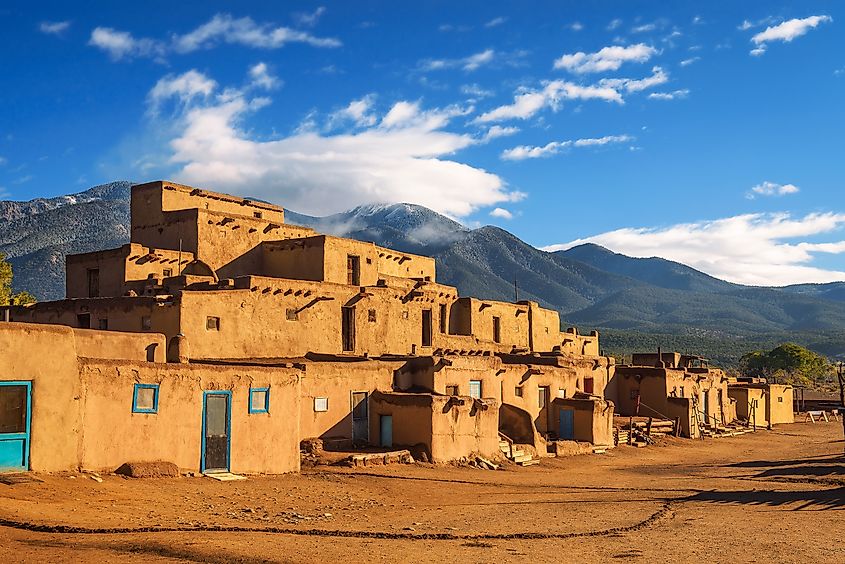
Taos is one of the oldest towns in the US with a history that dates more than 1,000 years. The area has a long history of humans, as there is evidence that it was inhabited as early as 12,000 BCE. Around 1540, Spanish Conquistadors arrived in the area on their quest for the Seven Cities of Gold. The town of Taos was eventually founded in 1615, and today, it is famous for its long history, rich cultural heritage, and scenery that continues to inspire artists.
For every visitor to this town today, the Taos Pueblo is a must-visit. The ancient Pueblo has been designated a UNESCO World Heritage Site, and it is a complex of multi-storied homes constructed with reddish-brown adobe. Taos Plaza is another must-see attraction as it is the historic center of the town featuring events, galleries, restaurants, and many shops which display a wide range of cultural items. Other historic sites to see in Taos before leaving include San Francisco de Asis Church (built in the 18th century), and Harwood Museum of Art (boasting a vast collection of regional art that spans over 200 years).
Georgetown, Colorado
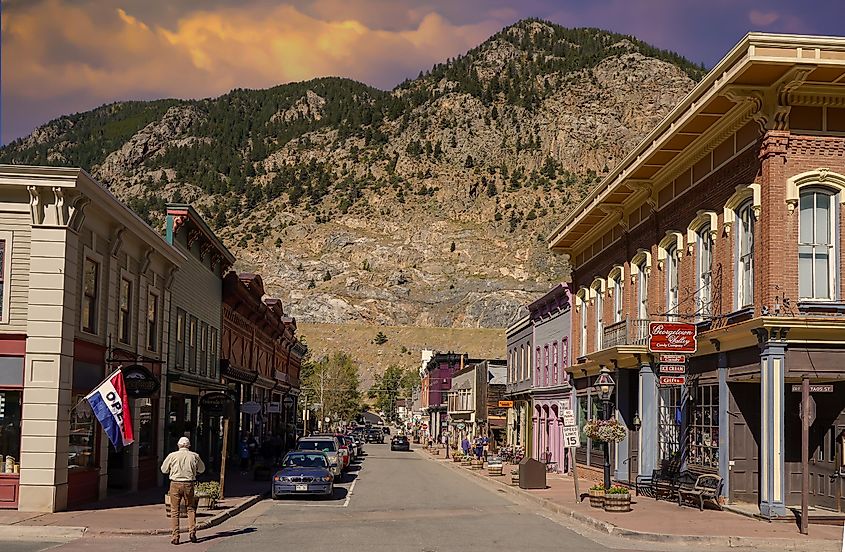
The history of Georgetown dates to the mid-1800s when gold and silver were discovered in the area. In 1859, the area had already become a permanent settlement for miners, and by 1868, the town was incorporated and became known as “the Silver Queen of the Rockies.”
Georgetown has since blossomed into a foremost historic destination with attractions like a part of the Georgetown-Silver Plume District which houses well-preserved structures of the Colorado Silver Boom that latest from 1864 to 1893. Elsewhere, the 1875 Hotel De Paris Museum commemorates Colorado's early history, with over 5,000 artifacts, and offers 3D tours. Other historic attractions to check out in Georgetown include the Hamill House Museum (with 19th-century interior designs) and Cooper's on the Creek restaurant, which is designed with mining-era photographs and offers delicious food and drinks.
Telluride, Colorado
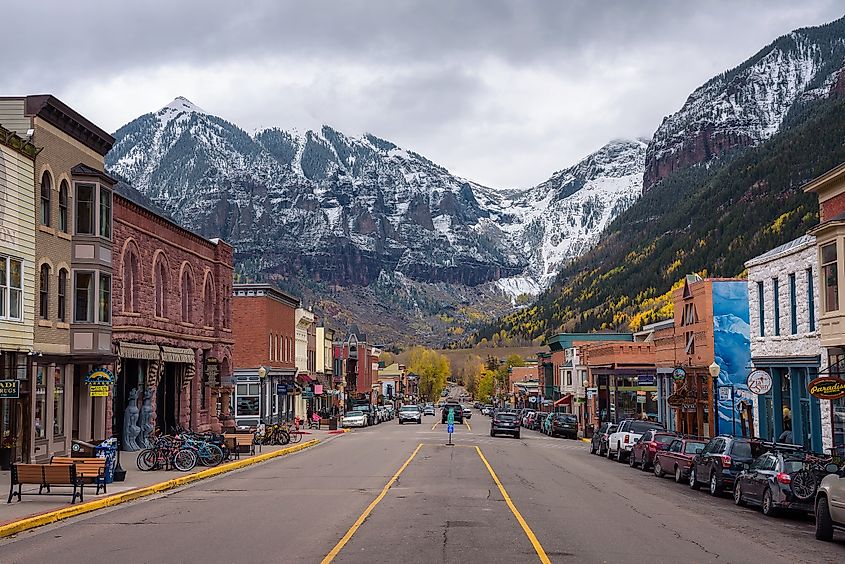
Telluride is a gorgeous mountain town with a rich history. Prior to the 1700s, the area was settled by the Native American Ute tribe, which thrived on hunting the abundant deer and elk around. In the 1700s, this tribe was displaced by Spanish explorers who also left without permanently settling there. Around 1858, gold and other precious minerals were discovered in the mountains around the area, and soon the area became a mining camp which then grew into the present town of Telluride.
Visitors to the town today can check out its historic attractions, like the Telluride Historical Museum, once an 1896-built hospital that treated injured miners. Next, take a walk through the Telluride Historic District to see stunning Victorian architecture and have a taste of life in the Old West. Before leaving, visit the 1895 New Sheridan Hotel and Sheridan Opera House and enjoy delicious drinks in one of the oldest bars in the country.
Most tourists see the mountain towns of the Rockies as prime destinations for winter and summer outdoor adventures only. While they are best known in that area, these towns also have rich histories that date thousands of years back to the days of pre-Columbian American cultures. So while gearing up for a visit to the Rocky Mountains for outdoor adventures, be sure to visit these charming towns to learn more about the rich history of this rugged landscape.
